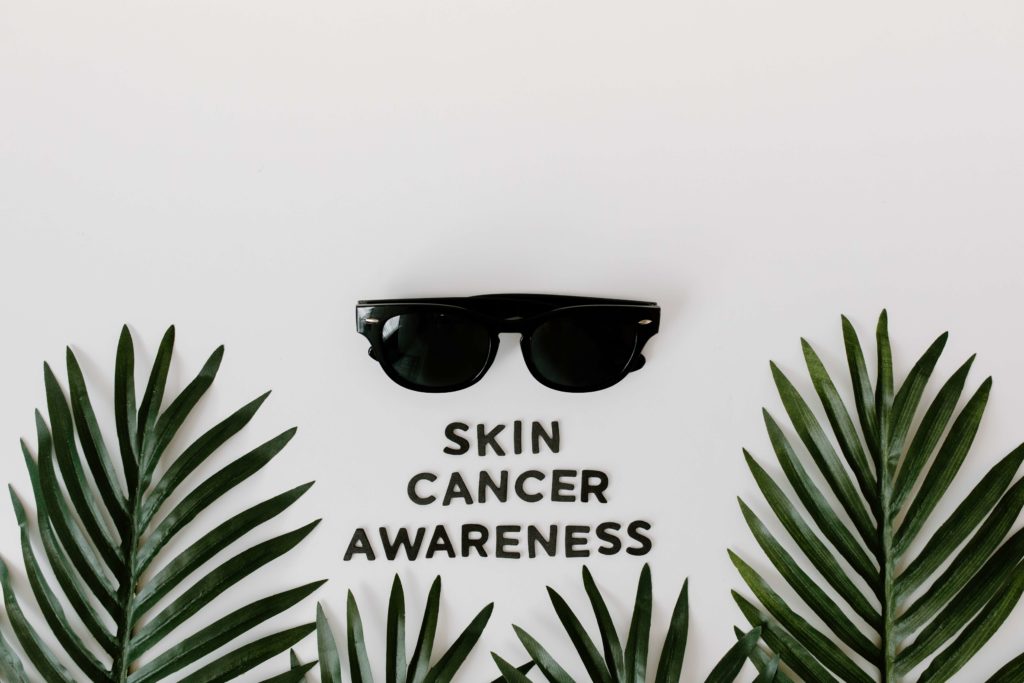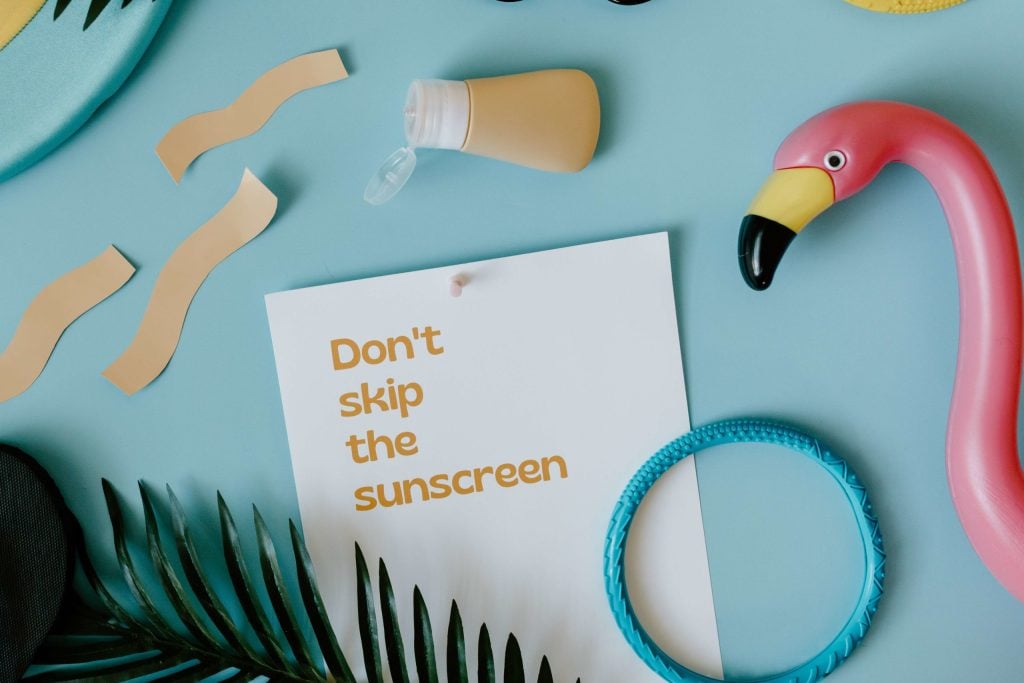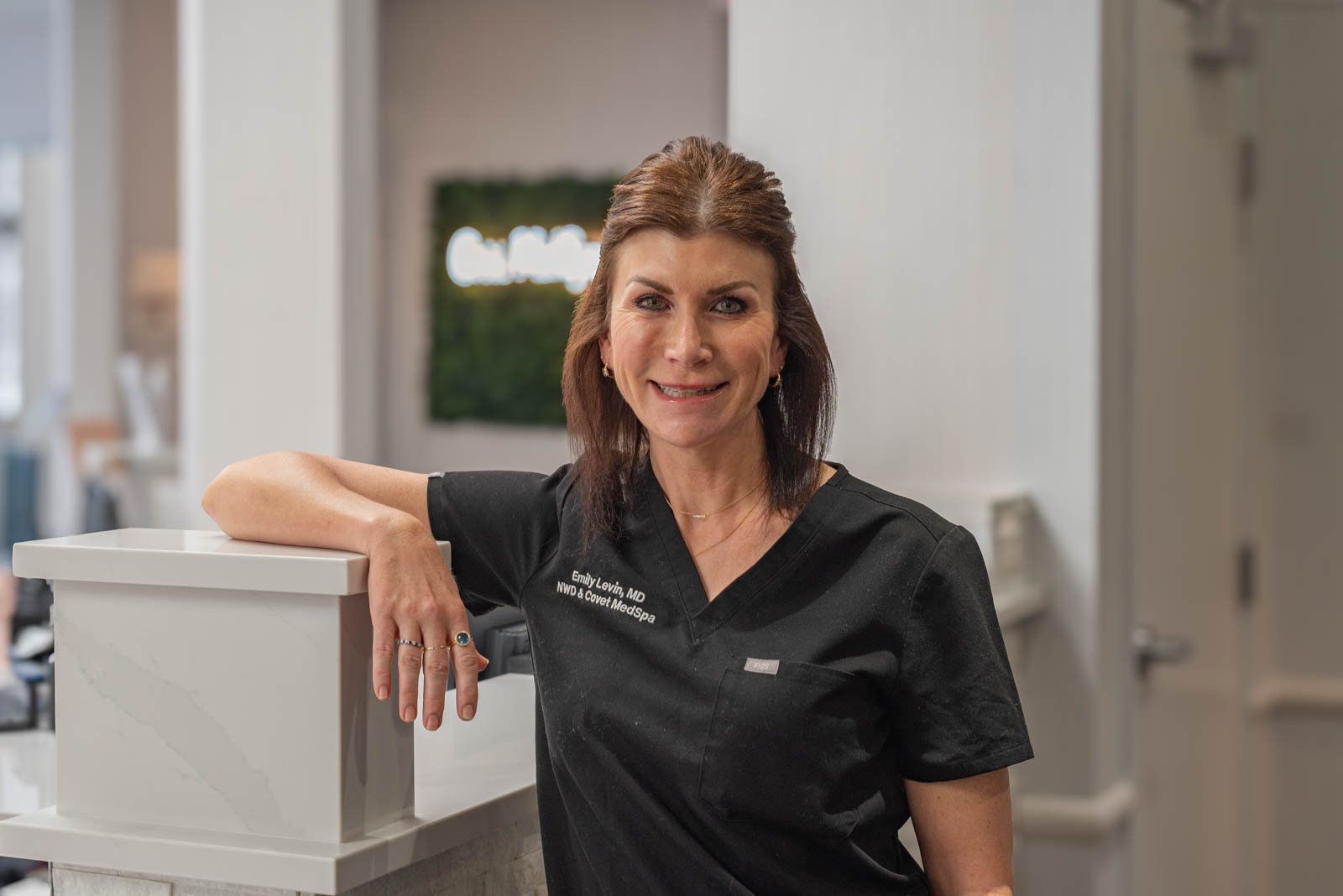Preventing Skin Cancer
Understanding Skin Cancer Basics
Skin cancer, the uncontrolled growth of abnormal skin cells, is the most common type of cancer in the United States. One in five Americans will develop skin cancers during their lifetimes, with 3.3 million nonmelanoma cases diagnosed annually. Nearly 98% of cases are basal cell or squamous cell carcinomas. When diagnosed early, these are treatable and relatively low risk. Melanoma is more aggressive and can be deadly.

Most skin cancers are caused by too much exposure to ultraviolet (UV) light. Yes, that means sunlight, in the form of UVA (ultraviolet A) and UVB (ultraviolet B) rays that reach the earth’s surface, potentially causing sunburn, eye damage, skin aging, and cancers. Forget the “healthy, sun-kissed tan.” That’s the body’s reaction to excessive UV radiation, signaling damage to your skin.
Cover Up to Prevent Skin Cancers
Fortunately, there are several easy ways to cover up and protect yourself and your family. Here’s how.
- Stay in the shade or indoors between 10 am and 4 pm. That’s when UV rays are strongest, especially in areas with bright, year-round sunlight and at higher altitudes.
- Wear clothing that covers your arms and legs when going outside. Long-sleeved and -legged garments made of dense fabrics are best. Also, consider sun-protective clothing with a UPF (ultraviolet protection factor) built-in. UPF 50 means that only one in 50 of the sun’s rays reaches your skin, helping keep you safe.
- Cover your face, neck, and head with a broad-brimmed hat and wear it at all times when outside. A cap is not sufficient because it shields only a limited area while leaving ears, neck, and other surfaces exposed.
- Wear wrap-around, UV-blocking sunglasses to protect your eyes and the skin around them.
- Slather SPF30 or greater sunscreen with both UVA and UVB protection on all exposed skin. Reapply every two hours; more often if swimming, sweating, participating in sports activities, working outdoors, or spending time in locations with intense, nonstop light. Make sure to cover easily overlooked areas, like ears, lips, neck, backs of hands, and tops of feet. Very important: sunscreen is a year-round commitment. UV radiation reflects off snow, sand, water, cement, and other surfaces, and clouds do not filter out harmful rays.

In addition to covering up at all times when outside, avoid tanning beds and sunlamps. These devices concentrate UV rays and can actually increase cancer risk. Remember to pursue a healthy diet, rich in fruits, vegetables, and omega 3 fatty acids, with reasonable alcohol intake, as a component of good skin maintenance. And, of course, no smoking, ever.
Be Aware of Risk Factors
While avoiding excessive UV radiation is primary in skin cancer avoidance, susceptibility can be affected by such realities as:
- Age. Occurrence increases as we get older, likely due to exposure accumulated over time.
- Childhood damage. Blistering sunburns as a kid can increase risk decades later in adults.
- Gender. Men have higher rates of skin cancer than women, two to three times higher, in fact.
- Skin tone. Caucasians show greater risk than nonwhites, especially for individuals with blond or red hair, blue or green eyes, or fair skin that burns or freckles easily.
- Moles. Most are harmless and never develop into cancer, although having a large number of such blemishes may increase risk.
- Family or personal history. People with parents or siblings with skin cancer can be at higher risk. Previous skin cancer can also increase future recurrences.
- Radiation and other medical treatments. Such procedures may increase risk, particularly in exposed areas.

Keeping Your Skin Healthy & Safe
While practicing sound prevention techniques is essential to skin cancer awareness, knowing your body is equally important. Check your skin regularly for changes, using a mirror or asking a companion to look at parts you cannot see. Warning signs of possible trouble include new skin growths and changes in existing freckles, moles, birthmarks, or other blemishes. A fast-growing spot or sore that doesn’t heal; irregular borders; persistent scaly, red skin; bleeding or oozing; and sudden pain are all cause for concern. Your doctor can inspect and diagnose any problems and suggest treatment as needed. Scheduling an annual skin inspection is good health practice in any case; danger signs are often subtle, and early treatment of skin cancers is essential to success.
Above all, be sure to cover up your cover-up. Limiting your exposure to the most potent source of UV radiation – sunshine – with good sun habits is easy, sensible, and the best way to protect yourself and your most visible organ from harmful skin cancers, aging, and other damage.



